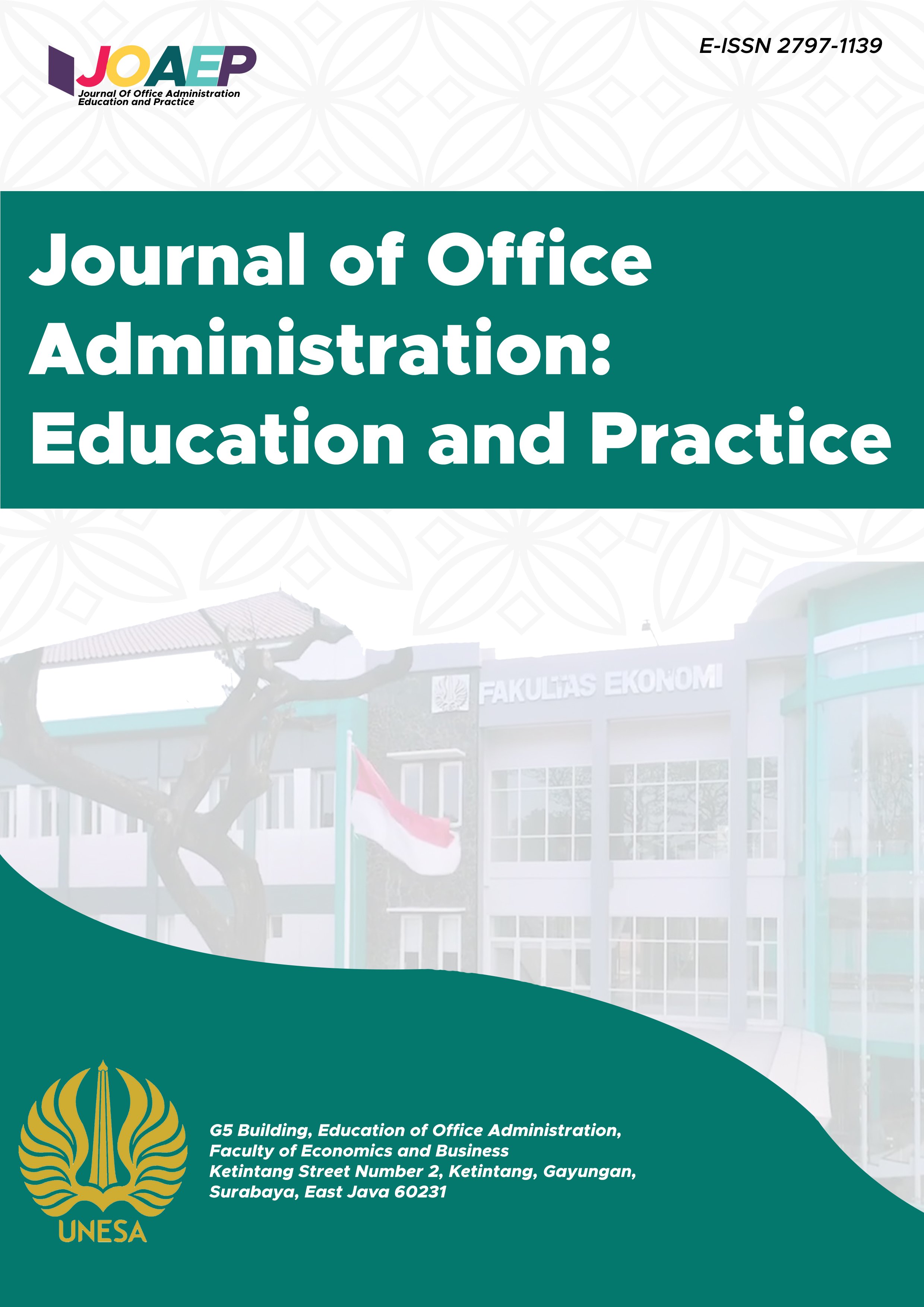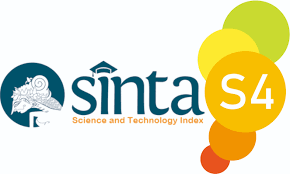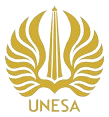A Literature Review on Strategic Business Communication for Managerial Effectiveness in the Digital Era
DOI:
https://doi.org/10.26740/joaep.v4n3.p162-177Keywords:
Strategic Communication, Managerial Effectiveness, Digital Transformation, Leadership Communication, Virtual WorkplacesAbstract
In the rapidly evolving digital era, strategic business communication has become a pivotal element of effective managerial practice. The primary objective of this study is to examine the relationship between strategic communication approaches and managerial effectiveness, particularly in light of the growing influence of digital transformation and remote work environments. The study employs a structured literature review method, systematically identifying, analyzing, and synthesizing peer-reviewed journal articles from reputable databases such as Scopus, Web of Science, and ScienceDirect, published over the past decade (2013–2023). The review process follows the PRISMA protocol to ensure transparency and rigor in data collection and synthesis. This study underscores that communication in the digital era is no longer a linear process but a complex, interactive, and context-dependent managerial function. Effective communication enhances trust, coordination, adaptability, and innovation—particularly vital in remote or hybrid organizational settings. This study contributes to the understanding of communication as a core managerial competency and offers practical recommendations for navigating contemporary communication challenges.
Downloads
References
Cardon, P. W., & Marshall, B. (2015). The hype and reality of social media use for work collaboration and team communication. International Journal of Business Communication, 52(3), 273–293. https://doi.org/10.1177/2329488414525446
Carton, A. M., Murphy, C., & Clark, J. R. (2014). A (blurry) vision of the future: How leader rhetoric about ultimate goals influences performance. In Academy of Management Journal (Vol. 57, Issue 6, pp. 1544–1570). Academy of Management. https://doi.org/10.5465/amj.2012.0101
Choudhury Cirrus Foroughi Barbara Larson, P. (2018). Work-From-Anywhere: The Productivity Effects of Geographic Flexibility.
Clampitt, P. G., & Downs, C. W. (1993). Employee Perceptions of the Relationship Between Communication and Productivity: A Field Study. Journal of Business Communication, 30(1), 5–28. https://doi.org/10.1177/002194369303000101
Coombs, W. T. (2015). Ongoing crisis communication: Planning, managing, and responding. Sage Publications.
Cornelissen, J. (2020). Corporate Communication: A Guide to Theory and Practice. SAGE Publications.
Daft, R. L., & Lengel, R. H. (1986). Organizational Information Requirements, Media Richness and Structural Design. Management Science, 32(5), 554–571.
Dennis, A. R., Fuller, R. M., & Valacich, J. S. (2008). Media, tasks, and communication processes: A theory of media synchronicity. MIS Quarterly, 32(3), 575–600.
Derks, D., Bakker, A. B., Peters, P., & van Wingerden, P. (2016). Work-related smartphone use, work–family conflict and family role performance: The role of segmentation preference. Human Relations, 69(5), 1045–1068. https://doi.org/10.1177/0018726715601890
Gibbs, J. L., Sivunen, A., & Boyraz, M. (2013). Virtual teams and group development: Trends and future research. Small Group Research, 44(2), 177–205.
Goleman, D., Boyatzis, R., & McKee, A. (2013). Primal Leadership: Unleashing the Power of Emotional Intelligence. Harvard Business Review Press.
Huang, L., Krasikova, D. V., & Liu, D. (2016). I can do it, so can you: The role of leader moral identity in the transference of ethical leadership. Academy of Management Journal, 59(1), 179–206.
Kuhn, T. (2008). A communicative theory of the firm: Developing an alternative perspective on intra-organizational power and stakeholder relationships. Organization Studies, 29(8-9), 1227–1254.
Leonardi, P. M. (2021). COVID-19 and the New Technologies of Organizing: Digital Exhaust, Digital Footprints, and Artificial Intelligence in the Wake of Remote Work. In Journal of Management Studies (Vol. 58, Issue 1, pp. 247–251). Blackwell Publishing Ltd. https://doi.org/10.1111/joms.12648
Li, Y., Tang, Q., & Whinston, A. B. (2021). Leader engagement on enterprise social media and firm performance. Information Systems Research, 32(3), 892–914.
Marlow, S. L., Lacerenza, C. N., & Salas, E. (2017). Communication in virtual teams: A conceptual framework and research agenda. Human Resource Management Review, 27(4), 575–589.
Mazzei, A., Kim, J.-N., & Dell’Oro, C. (2012). Strategic value of employee relationships and communicative actions: Overcoming corporate crisis with quality internal communication. International Journal of Strategic Communication, 6(1), 31–44.
Men, L. R., & Bowen, S. A. (2017). Excellence in internal communication management. Business Expert Press.
Rita Men, L. (2014). LEADERSHIP AND INTERNAL COMMUNICATION 1 Strategic Internal Communication: Transformational Leadership, Communication Channels, and Employee Satisfaction.
Sull, D., Sull, C., & Bersin, J. (2020). Five Ways Leaders Can Support Remote Work. MIT Sloan Management Review, 61(4), 1–10.
Snyder, H. (2019). Literature review as a research methodology: An overview and guidelines. Journal of Business Research, 104, 333–339.
Tenzer, H., Pudelko, M., & Harzing, A. W. (2014). The impact of language barriers on trust formation in multinational teams. Journal of International Business Studies, 45(5), 508–535.
Thomas, J., & Harden, A. (2008). Methods for the thematic synthesis of qualitative research in systematic reviews. BMC Medical Research Methodology, 8(1), 45.
Tourish, D., & Robson, P. (2006). Sensemaking and the distortion of critical upward communication in organizations. Journal of Management Studies, 43(4), 711–730.
Tranfield, D., Denyer, D., & Smart, P. (2003). Towards a methodology for developing evidence‐informed management knowledge by means of systematic review. British Journal of Management, 14(3), 207–222.
Treem, J. W., & Leonardi, P. M. (2012). Social media use in organizations: Exploring the affordances of visibility, editability, persistence, and association. Communication Yearbook, 36, 143–189.
Wang, B., Liu, Y., Qian, J., & Parker, S. K. (2021). Achieving effective remote working during the COVID-19 pandemic: A work design perspective. Applied Psychology, 70(1), 16–59.
Downloads
Published
How to Cite
Issue
Section
 Abstract views: 536
,
Abstract views: 536
, PDF Downloads: 312
PDF Downloads: 312











